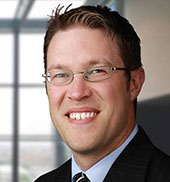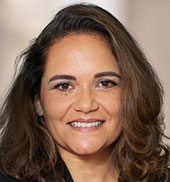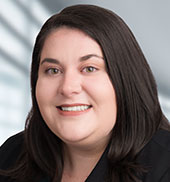The uptick in “slack-fill” litigation that we have previously covered in this blog shows no signs of abating — and a spate of recent filings in Missouri state court show that the trend may be expanding.
Until recently, most slack-fill cases have been filed in federal courts, primarily in New York and California. There have been a few state court filings, particularly government enforcement actions in California, but federal court filings have largely prevailed. One major reason for this is that the federal regulation governing slack expressly preempts state-law standards, which means that plaintiffs can use the regulation to seek nationwide classes of consumers. Another reason is that the Class Action Fairness Act (“CAFA”) usually provides a basis for federal jurisdiction in these types of putative class actions.
Recently, however, a plaintiffs’ law firm filed a number of slack-fill cases in relatively rural counties in central Missouri. These lawsuits pertain to a number of food products, from various types of candy to various types of fruit snacks to pancake mix. The suits name a number of food manufacturers as defendants.
The basic allegations are the same.
So far, the Missouri cases all adhere to the same basic template:
• They allege that various types of foods sold in non-transparent cardboard boxes contain too much empty space, or slack-fill;
• They seek to certify state-wide classes of consumers who purchased the products at issue within the five years prior to the filing of the lawsuits;
• They seek recovery under two state law theories — violations of the Missouri Merchandising Practices Act (“MMPA”) and unjust enrichment;
• Although they only seek recovery under state law theories, they allege violations of the federal Food, Drug, and Cosmetic Act (“FDCA”) and the federal regulation governing the use of slack-fill (21 C.F.R. § 100.100).
But the complaints are carefully crafted to try and avoid removal.
In addition to these substantive allegations, each lawsuit contains allegations intended to avoid federal jurisdiction. More specifically, the petition in each lawsuit alleges that the amount in controversy is less than $75,000 per plaintiff and less than $5 million in the aggregate. The plaintiffs also claim that the sales revenue for the products at issue during the class period do not exceed $5 million.
Substantively, state court slack-fill cases like these Missouri cases involve similar issues to their more common federal counterparts. The fundamental question in each case is whether the packaging did or could have deceived consumers. The purpose of the slack-fill — and whether it falls within the federal regulation’s definition of impermissible “nonfunctional” slack-fill — must also be determined.
State court cases present unique issues.
State court cases, however, also present unique issues. Product manufacturers must, of course, evaluate any unique defenses available under a particular state’s consumer protection laws, along with the possibility of a preemption defense. Defendants must also evaluate whether removal to federal court is possible, particularly where sales figures in the state forum are high enough to meet CAFA requirements.




